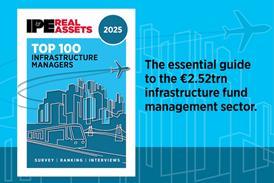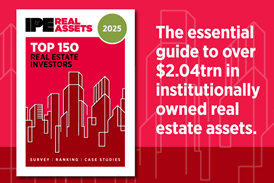A UK-based trade body has formulated new principles aimed at improving the transparency of European commercial mortgage-backed securities (CMBS) in a bid to help bring confidence back to real estate capital markets.
A UK-based trade body has formulated new principles aimed at improving the transparency of European commercial mortgage-backed securities (CMBS) in a bid to help bring confidence back to real estate capital markets.
New debt origination in the European commercial real estate markets has plunged by 77% over the last five years, with investor appetite for new CMBS held back by legacy issues and the macro-economic environment which has resulted in significant pricing volatility. The effective closure of the CMBS market has created a lack of senior debt liquidity, which has been exacerbated by the withdrawal of traditional sources of bank finance and limited appetite from alternative sources such as private equity.
According to estimates from CRE Finance Council Europe , the real estate sector faces a shortfall of EUR 75 bn to refinance outstanding European CMBS loans, most of which was originated at the peak of the securitisation boom between 2004 and 2007.
The new principles launched by the organisation are intended to help address a number of these legacy issues and focus on transaction structures, transaction counterparties and disclosure of appropriate levels of information.
'The size of the commercial real estate debt funding gap facing European property markets, estimated to be EUR 750 bn +, presents a considerable opportunity for the capital markets,' said Nassar Hussain, Chair of the CMBS 2.0 Committee and Managing Partner and Founder of Brookland Partners. 'The new principles address the weaknesses exposed in historical CMBS structures, such as the need for greater transparency and provide a more equitable and workable framework for future CMBS issuance. The ultimate goal will be to create not only more market liquidity but also assist in laying the foundations for a new capital markets debt model moving forward.'










